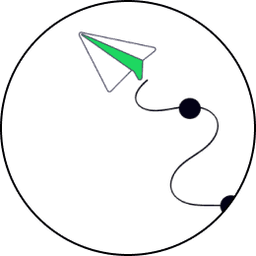Original link: https://deeprevision.github.io/posts/001-transformer/
Author: Jean Nyandwi
Introduction
The Transformer model is a type of artificial intelligence model that has become a revolutionary tool in the field of computer science since it was introduced in 2017 in a paper titled "Attention is All You Need." Initially created for tasks like translating one language to another, this model has shown its versatility, proving useful not just in natural language processing (the technology that helps computers understand human language), but also in other areas as a general-purpose tool.
To break this down simply, imagine if you had a tool that could not only help you understand and translate languages but also perform other tasks like identifying objects in photos or predicting stock market trends. That's what the Transformer model is like in the world of artificial intelligence.
In our deep dive, we'll peel back the layers of the Transformer model, exploring how it pays attention to the right information, how it encodes and decodes data, and how it forms its structure. Beyond the basics, we'll also check out bigger, more powerful models that use the Transformer's capabilities. Plus, we'll look at how the Transformer model is used outside of language processing and discuss the current issues and potential future developments related to this powerful AI tool. For those who want to learn more, we'll also share a list of resources where you can find open-source versions of the model and more information.





![Latent Space Podcast 8/16/23 [Summary] - The Mathematics of Training LLMs — with Quentin Anthony of Eleuther AI](/_next/image?url=https%3A%2F%2Fwww.datocms-assets.com%2F101962%2F1692324088-screenshot-2023-08-17-at-9-59-17-pm.png&w=3840&q=75)

![Latent Space Podcast 8/10/23 [Summary]: LLMs Everywhere: Running 70B models in browsers and iPhones using MLC — with Tianqi Chen of CMU / OctoML](/_next/image?url=https%3A%2F%2Fwww.datocms-assets.com%2F101962%2F1691894611-screenshot-2023-08-12-at-10-42-43-pm.png&w=3840&q=75)
![Latent Space Podcast 8/4/23 [Summary] Latent Space x AI Breakdown crossover pod!](/_next/image?url=https%3A%2F%2Fwww.datocms-assets.com%2F101962%2F1691539617-screenshot-2023-08-08-at-8-02-52-pm.png&w=3840&q=75)
![Latent Space Podcast 7/26/23 [Summary] FlashAttention 2: making Transformers 800% faster - Tri Dao of Together AI](/_next/image?url=https%3A%2F%2Fwww.datocms-assets.com%2F101962%2F1691543194-screenshot-2023-08-08-at-8-43-59-pm.png&w=3840&q=75)
